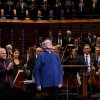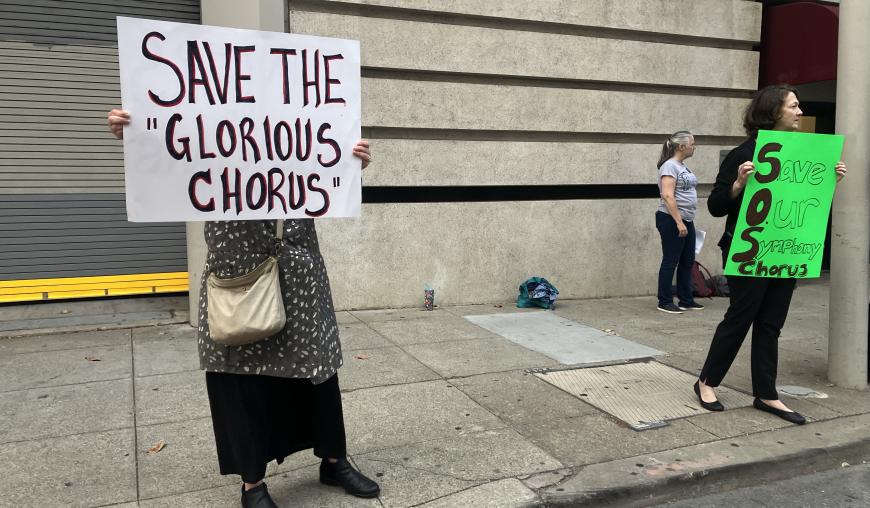
The month of May is not merry for Northern California’s largest orchestras.
Both the San Francisco Symphony and the San Francisco Opera Orchestra are facing crucial labor negotiations. The SF Symphony musicians’ collective bargaining agreement (CBA) expired at the end of April, while the SF Opera Orchestra’s is only good through May 30 (just before the beginning of the company’s summer season).
San Francisco Ballet, with the city’s third big orchestra, has contracts with the American Guild of Musical Artists for its dancers and with Musicians Union Local 6 for its orchestra, the latter effective through Nov. 30, 2025 (immediately before SF Ballet’s essential “Nutcracker month”).
At the SF Symphony, where musicians worked for 300 days without a contract in 2022 and 2023, a short-term CBA expired on Nov. 23, 2024, and was extended first through Jan. 18, 2025, and then through April 26. A long, bitter conflict with the SF Symphony Chorus, which resulted in the cancellation of the 2024–2025 season’s opening concerts, was finally settled last December, but the orchestra’s contract remained unresolved.
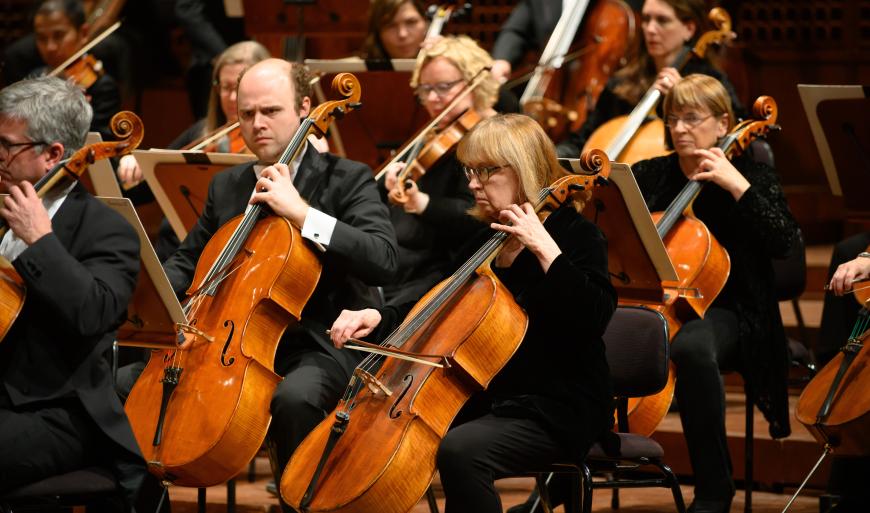
The short-term agreement, whose terms have carried through the extensions and periods without a contract (such as now), was a two-year-long CBA, ratified in 2023 and applied retroactively from Nov. 27, 2022. It provided for a new weekly base minimum salary of $3,313, increasing to $3,450 in the 2023–2024 contract year, in addition to a retroactive lump-sum payment to full-time musicians. In addition, orchestra members receive “competitive vacation, sick leave, pension, and healthcare benefits,” as the administration has stated in the past.
The latest extension, through April, was signed on March 25. Under federal law, the terms and conditions remain in effect during negotiations.
While there is a war of words at the SF Symphony (more on that in a bit), the SF Opera administration’s comment to SF Classical Voice is comparatively sanguine: “We are currently in negotiations with our orchestra [through] the American Federation of Musicians. Negotiations are ongoing, and we look forward to reaching resolution with our union partners.”
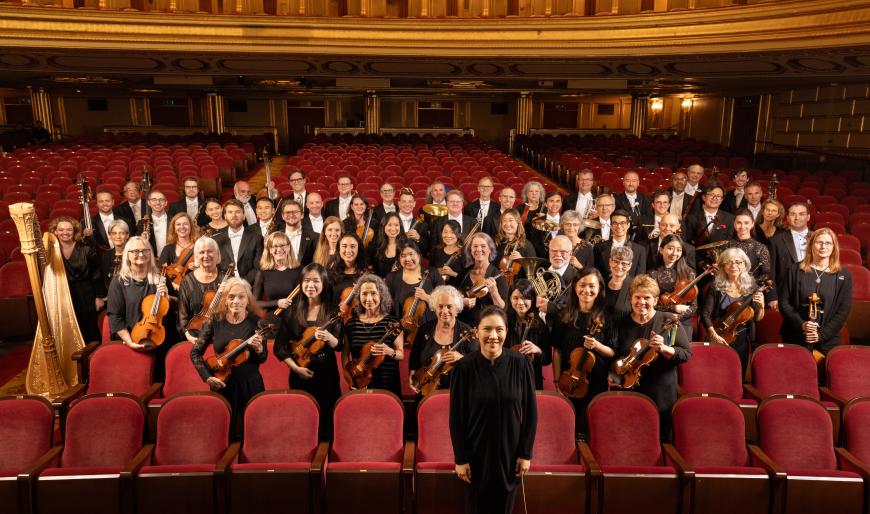
Unlike the SF Symphony’s season-opening debacle in September, SF Opera’s opening night that same month — when the orchestra, without declaring a strike, refused to go into the pit for the first performance of Verdi’s Un ballo in maschera — saw management and musicians reach a temporary agreement, saving the event.
The pre-pandemic contract for the SF Opera Orchestra had a base minimum salary of $95,284 for 2018–2019, which was set to rise to $107,243 by 2022–2023 but was cut by 44 percent in fall 2020 when the War Memorial Opera House and other performance venues were closed.
Coming out of COVID, “growing levels of guaranteed compensation in subsequent years” followed, with the base salary “restored in full to $110,467 by the 2023–2024 season,” according to the SF Opera administration.
A company spokesperson said, “The full guaranteed minimum has been restored, and the recent extensions included a wage increase.”
Meanwhile, the musicians’ union spokesperson said that salary growth has been “below the rate of inflation.” The number of vacant seats within the orchestra and the annual decline in the number of productions being staged are just some of the other ongoing concerns.
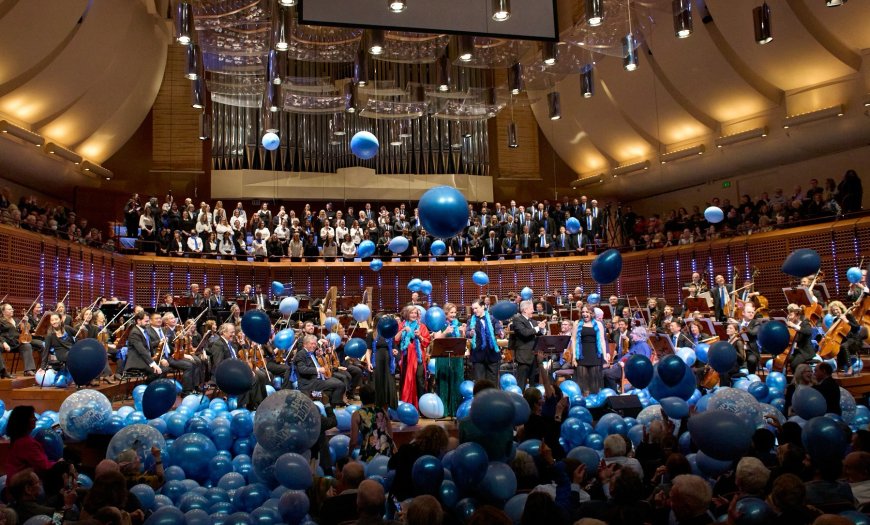
At the SF Symphony, the conflict over contracts came back to the public’s attention two weekends ago, when musicians and their supporters distributed leaflets outside conductor Michael Tilson Thomas’s 80th birthday concert at Davies Symphony Hall.
“We thank you for your ongoing support,” the printed statement read, “and hope to continue to be able to uphold the San Francisco Symphony’s standard of excellence under a fair contract that reflects and sustains our world-class status.”
The SF Symphony administration responded by calling the musicians’ leaflets “misleading” and remarking that the event “was intended to be unifying and celebratory in spirit.”
To make its case, management has launched a new website “to host information about the organization’s vision and future, an explanation of our financial picture, and an overview of the Symphony’s civic impact, as well as relevant updates and context as we continue bargaining,” as an SF Symphony spokesperson described it.
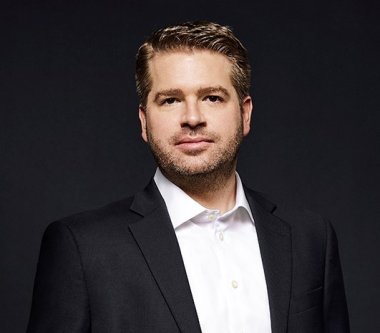
An open letter from SF Symphony CEO Matthew Spivey and President Priscilla B. Geeslin explained the administration’s perspective: “What the musicians’ representatives are asking for today simply isn’t realistic. Our responsibility is not just to the orchestra itself, but to the broader community — to our audiences, our students, our collaborators, and yes, our performers — for generations to come.”
The letter began:
“The Bay Area is in a moment of reckoning — we’re still fully emerging from the pandemic, confronting the realities of a volatile economy and job market, and working to restore the vibrancy that makes our home one of the most creative and inspiring in the world.
“Many civic and community leaders have spoken with clarity and urgency about the financial realities we all face in the arts, in government, in the business world, individually, and beyond. They’ve reminded us that temporary fixes are no substitute for permanent solutions, especially for nonprofits like the San Francisco Symphony, and that long-term health requires difficult but responsible decisions now.
“Most institutions in San Francisco and beyond are absorbing that message and responding to this moment with realism and resolve. Regrettably, the union representing the San Francisco Symphony’s orchestra musicians is not.
“As we continue labor negotiations, we are disappointed that the musicians’ representatives have yet to acknowledge the seriousness of the financial circumstances confronting our institution, our city, and our sector. Their approach suggests a disconnect from what so many others already understand: that we are in a period that demands realism and forward-looking solutions.”
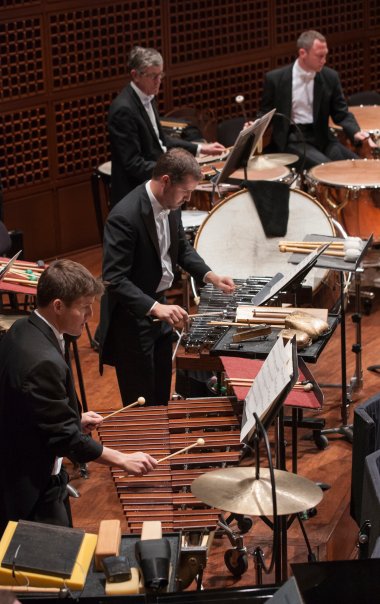
Andy Lynch, a spokesperson for the SF Symphony musicians, told SFCV:
It is incredibly disheartening that Symphony leadership has chosen to launch a smear campaign against their own musicians while they claim to be negotiating in good faith. While we had hoped that management and the board would prioritize the best interests of the Symphony, their offers to date demonstrate that they lack any plan or vision to grow the organization or even maintain its status as a world-class orchestra. Instead, they are insistent upon imposing drastic cuts that will hurt the Symphony for years to come.
Management’s initial contract offers to the musicians would further cut salaries to levels not seen since 2015 and freeze salaries for four years, shrink the size of the orchestra, and cut the number of paid weeks. [Management remains] steadfast on further cutting programming, educational offerings, and implementing an indefinite pause on touring, which will only make it more difficult to fundraise and attract audiences.
The musicians are fighting for the future of the organization. A year after the high-profile and unexpected departure of the Symphony’s music director due to disagreements with management and the board, there is still no new announced music director, no plan to resume touring, no plan to restore programming, and no plan from the board to fundraise or increase philanthropy. Promising young musicians are already beginning to leave or apply for jobs elsewhere.
The musicians have continuously sacrificed for the health of the Symphony. They took pay cuts during the pandemic, and they are the only peer orchestra in the country that has not had their pay fully restored. While the musicians have taken sustained reductions in salary, Symphony management has not only restored their own salaries to pre-pandemic levels, but they have greatly increased spending on management costs.
The Symphony’s conflicting financial claims throughout the last year have not held up to scrutiny. Initially, they claimed a 10-year deficit of $116 million, even though their net assets had grown by $106 million during that same time. The Symphony has the fourth-largest endowment of any peer orchestra in the country.
After reviewing their financials, it was discovered that their supposed “deficits” excluded all growth on net assets they deemed “restricted,” as well as COVID relief funding intended to replace lost revenue. They have now changed their tune and claim a supposed deficit of only $46 million over the last 15 years. What is clear is that their claims of financial distress have been greatly exaggerated and should not be taken at face value.”


